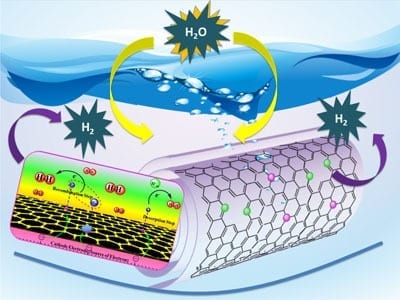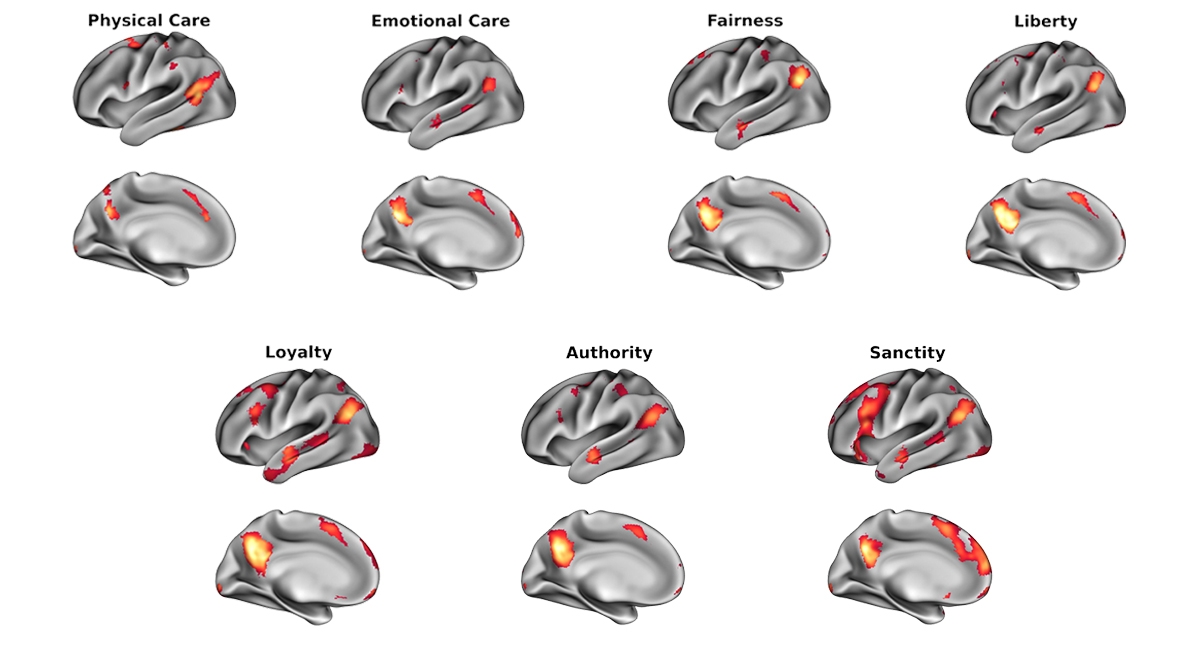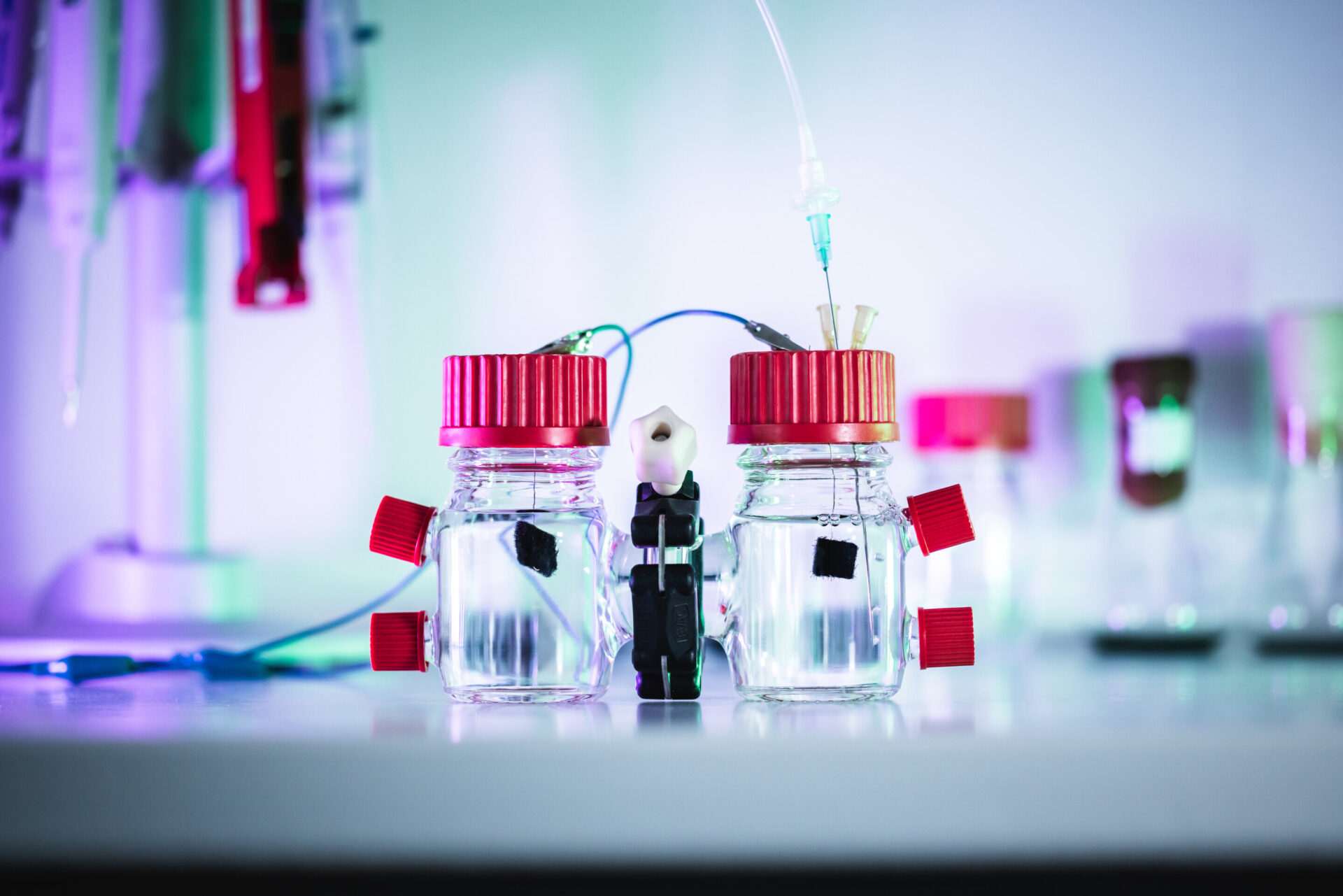![Low-Res_[Attachment 1] Hydrogen engine test and development Hydrogen engine test and development CREDIT Korea Institute of Machinery and Materials (KIMM)](https://innovationtoronto.com/wp-content/uploads/2023/09/Low-Res_Attachment-1-Hydrogen-engine-test-and-development.jpg)
Hydrogen engine test and development
Emissions of carbon dioxide and fine dust reduced by 99% and 90%, respectively
Amid the fierce competition throughout the globe to develop hydrogen mobility technologies to achieve carbon neutrality, a new technology for a 2-liter class hydrogen-fueled engine (a passenger car hydrogen engine) capable of running entirely on hydrogen has been developed for the first time in the country.
The joint research team led by Principal Researcher Young Choi of the Department of Mobility Power Research of the Korea Institute of Machinery and Materials (President Sang-jin Park, hereinafter referred to as KIMM), an institute under the jurisdiction of the Ministry of Science and ICT, and Researcher Hong-gil Baek of the Zero-Carbon Engine Research Lab of Hyundai-Kia Motor Company (Chairman Eui-sun Chung, hereinafter referred to as HMC) developed the “direct injection hydrogen engine” that runs entirely on hydrogen fuels, and demonstrated its world-class excellence through performance evaluation.
The joint research team of KIMM and HMC injected hydrogen directly into the combustion chamber of the engine of HMC’s existing hybrid vehicle, with a pressure larger by more than 30 times than atmospheric pressure (or with a pressure of more than 30 bar). By using a turbo charger that improves the performance of the engine, the research team was able to maintain high thermal efficiency in all domains from the ignition of the engine to the upper limit of the engine load, allowing the engine to be stably operated throughout the entire engine operating conditions.
In the case of conventional “port injection engines*,” the amount of air that flows into the combustion chamber declines because of the space taken up by the hydrogen fuel that exists in a gaseous state, which leads to lower fuel efficiency and poorer engine performance due to the backfire of the hydrogen fuel and air.
* Port injection hydrogen engine: A port injection hydrogen engine is a type of internal-combustion engine that uses hydrogen as fuel, and combusts hydrogen after mixing it with air by injecting hydrogen using an upper inhaling port instead of injecting it into the cylinder.
On the other hand, the “direct injection hydrogen engine” newly developed by the joint research team has fundamentally resolved the issue of backfire by injecting high-pressure hydrogen fuel directly into the combustion chamber. At the same time, the high compression ratio, fuel stratification, and ultra-lean combustion help to maximize thermal efficiency and improve power performance, while at the same time reducing the amount of harmful emissions.
Compared with gasoline engines, the newly developed hydrogen engine helps to reduce the emissions of carbon dioxide and fine dust by 99 percent and 90 percent, respectively, which meets EU (or European Union)’s requirements for zero-emission vehicles. Additionally, the hydrogen engine emits nitrogen oxides* of less than 15 ppm even without an aftertreatment system that purifies exhaust gases, achieving a high thermal efficiency of up to 40 percent.
* Nitrogen oxides: Nitrogen oxides are chemicals that are created through the reaction between nitrogen and oxygen, and are usually generated during the combustion process of vehicle engines and power plants, etc. Nitrogen oxides are considered to be harmful to the environment, and high emissions of nitrogen oxides may lead to health problems related to respiratory diseases.
Principal Researcher Young Choi of the Department of Mobility Power Research of KIMM said, “The newly developed hydrogen engine technology is an instantaneous and economical technology that can help to replace fossil fuels, which are currently being used as the main power source for vehicles, with carbon-free hydrogen fuels.” He added, “Through collaboration with HMC, we will verify the durability of the engine and also expand the application of this technology to not only passenger vehicles but also commercial vehicles and electricity generation power units. Through continuous research and development of technologies for generating power using carbon-free fuels, we will take the lead in the realization of carbon neutrality.”
More from: Korea Institute of Machinery and Materials
The Latest Updates from Bing News
Go deeper with Bing News on:
Hydrogen engine
- The latest 400 hp water engine: better than all hydrogen and the end of electricity
This water engine is miles ahead than hydrogen: 400 hp and the awaited start of a new era in zero-emission vehicles ...
- Really Cold Hydrogen Could Bring Driving Range Parity with Diesel
The time it takes to fuel a hydrogen-powered fuel cell truck is already on par with diesel. But there is still a yawning gap when it comes to comparable driving range.
- This is the new massive hydrogen engine: 3-liter internal combustion engine for more than just cars
This new massive hydrogen engine could put an and to EVs: three-litre internal combustion and the beginning of a new ICE ...
- ZeroAvia offers electric and hydrogen tech to other aviation innovators
ZeroAvia has announced it will be offering some of its key components designed for its hydrogen-electric engines to other clean aviation innovators.
- Press Release: ZeroAvia offers key hydrogen-electric engine components
ZeroAvia announced that it will be offering industry some of the key components designed for its hydrogen-electric engines.
Go deeper with Bing News on:
Direct injection hydrogen engine
- The latest 400 hp water engine: better than all hydrogen and the end of electricity
This water engine is miles ahead than hydrogen: 400 hp and the awaited start of a new era in zero-emission vehicles ...
- This is the new massive hydrogen engine: 3-liter internal combustion engine for more than just cars
This new massive hydrogen engine could put an and to EVs: three-litre internal combustion and the beginning of a new ICE ...
- Volvo sees three paths to zero emissions
Volvo Trucks is charting three separate courses, each of which will take it to the same end result – that of being a zero-emission truck maker. None of ...
- New platinum-based hydrogen fuel cell as cheap to make as conventional car engine
The brand-new platinum-catalysed hydrogen fuel cell system that ... available for the passenger car sector. The patented direct water injection technology means that the system’s heat exchanger ...
- FMI Projection Reveals Global Marine Fuel Injection System Market Anticipated to Cross US$ 8,132.1 Million Mark by 2034, Driven by Steady 3.5% CAGR
The marine fuel injection system market is anticipated to be valued at US$ 5,765.7 million in 2024, with a projected Compound Annual Growth Rate (CAGR) of 3.5% during the forecast period. By 2034, ...










